I am reaching the point where the first group of volunteer contributors will have cycled through in about six weeks. It seemed a good time to review what has been published. Below is a list of all of the blog post titles with a hyperlink. Hopefully, this will make it easy for you to browse. The topics have included Urban Texts, Youth and Sexuality, Memoirs, Disability-Themed books, Sports, Historical fiction, how awards might be used in a class, and several others. I hope you consider using the posting as guest lecture in you classroom.
These posting can serve as a discussion board for your students. (Recently, there has been some interesting exchanges around YA books with religious theme, Urban spaces, and book ending.) If you are introducing a theme or a book that has been discussed in one of the posting, I hope you will feel free to post the link and encourage your students to respond. In many cases, the posting are a way for the contributors to discuss a book they have written or are writing. Some of them have talked about themes and frameworks that they use for writing articles and for teaching their courses. Occasionally, a post will focus on an author. Some contributors have discussed how they use young adult literature with their students in schools.
In my posts, I have talked about diverse books, awards, new authors of interest, foreshadowed and reviewed the ALAN Workshop, looked at libraries, banned books, and a few other issues. I have also promoted the UNLV conference and other events that we have on campus around YA literature. I will gladly promote other events as well. I tend to write about what I have been either thinking about or writing about at the time. I hope you have found at least a few of them interesting. I know that others of you have great ideas. I hope that you will consider getting in line for a contribution. I am always looking for new voices.
The images in this posting represent some of the authors and books that have been featured in the blog.
Ostenson, J. (2016, March, 23). Exploring the Last Taboo with Young Adult Literature: Adolescents and Religion.
George, M. (2016, March, 16). What is in a Name? Adolescent Literature? Young Adult Literature? Does it Matter?.Lewis, M. (2016, March, 9). Young Adult Literature Set in Urban Spaces.
Insenga, A. (2016, February, 24). Between the Bookends: YA and Critical Collaboration.
Sarigianides, S. (2016, February, 10). Examining Youth and Sexuality in YA Literature.
Scherff, L. (2016, January, 13). Including the Memoir When Introducing Adolescent Readers to Life-Long Reading Options.
Graber, S. (2015, December, 30). Reflections on Jack Gantos’ Dead End in Norvelt, Love It or List It, and Place Loyalty
Rumohr-Voskuil, G. (2015, December 16). Beyond How We Were Taught: Using "Book Love" to teach YA Literature Methods.
Dunn, P. (2015, December 2). Disability-Themed YA Literature: Questioning Our Choices, Questioning Our Questions.
Freeman, L. (2015, November 20). Have you seen The Hunger Games: The Mockingjay 2? Maybe you should read this first. Psychology and YAL: When Two Disciplines Inform Each Other.
Binford, P. (2015, November 17). Revisiting Emmett Till’s place in Mississippi State History.
Macaluso, M. (2015, November 11). Reading Word and World… with Diverse YA Literature.
Gillis, B. (2015, October 28). Confessions of a YAL Addict.
Kane, S. (2015, October 14). Breathlessly Awaiting the Winners: Using Literacry Awards to Promote YA Books and Reading.
Infante-Sheridan, M. (2015, September 30). Some YA authors you might consider during National Hispanic Heritage Month
Freeman, L (2015, Feb. 25). A Wonderful Collaboration.
Plumb, D. (2015, January, 7). Why Y. A.? How I Discovered Young Adult Literature and How it Transformed my Teaching.
Pulliam, J. (2014, October, 29). The Monsters between the Book Covers: Halloween Treats as YA Novels.
Hill, C. (2014, September, 24). Look, My English Teacher has Five Reading Heads.
Brown, A. (2014, August, 27). When Sports and Literacy Collide.
Letcher, M. (2014, August, 6). Dr. Bickmore and Guest Contributor, Mark Letcher, Look at ALAN’s Amelia Elizabeth Walden Award.
Bickmore, S. T. & Hays, A. (2016, March, 2). Finding Renewal: YA and Music Connections and Remembering the 2015 ALAN Workshop with Alice Hays.
Bickmore, S. T. (2016, February, 17). Makes Me Wanna Shut Up: Reconsidering how I used African-American Authors in My Classroom.
Bickmore, S. T. (2016, February, 3). Marveling at the work of an eleven year old (#1000BlackGirlBooks) and more Authors coming to Vegas.
Bickmore, S. T. (2016, January, 27). A Confluence of Two Authors Named Chris in Georgia.
Bickmore, S. T. (2016, January, 20). Introducing the 2nd Issue of Study and Scrutiny.
Bickmore, S. T. (2016, January, 6). YA Textbooks to add to your shelf and share with students, teachers, and librarians.
Bickmore, S. T. (2015, December 23). YA Fiction, Rereading, Music, Adolescent Resiliency, Summer Conference Keynote Authors, and Breakout Proposal Forms.
Bickmore, S. T. (2015, December 9). Of Young Adult Literature, Educational Summits, and Collaborative Projects.
Bickmore, S. T. (2015, November 25). The ALAN Workshop 2015 and NCTE!
Bickmore, S. T. (2015, November, 4). Announcing the 2016 Gayle A. Zeiter Young Adult and Children’s Literature Conference.
Bickmore, S. T. (2015, October 21). Reviewing Past National Book Award Winners as I Consider a "Meta-Gold Medal"
Bickmore, S. T. (2015, October 7). Shakespeare and YA literature: Some Promising Novels for a Beginning
Bickmore, S. T. (2015, September 23). Looking forward to the ALAN Workshop
Bickmore, S. T. (2015, September 16). Welcome to Jason Reynolds
Bickmore, S. T. (2015, September 9). Rebooting and Reviewing: A New Place and New Start
Bickmore, S. T. (2014, November, 14). Come Join us at NCTE for the CEE's roundtable event for the Commission on the Study and Teaching of Adolescent Literature.
Bickmore, S. T. (2014, November, 5). Looking for Classics in the Library Stacks.
Bickmore, S. T. (2014, October, 22). Holden, Dear Holden; Your Influence Stretches On and On and Readers of YA Literature Thank You.
Bickmore, S. T. (2014, October, 15). Introducing M. H. Herlong and Her Two Wonderful Novels.
Bickmore, S. T. (2014, October, 8). Slow and Steady Wins the Race: Lonesome George Reminds about Science, Children’s Books, and the Classroom.
Bickmore, S. T. (2014, October, 1). Of Banned Books and Other Troubling Things.
Bickmore, S. T. (2014, September, 17). Exploring the Longlist of Nominees for the National Book Award for Young People’s Literature.
Bickmore, S. T. (2014, September, 10). An Interview with Padma Venkatraman.
Bickmore, S. T. (2014, September, 3). 10 Young Adult Novels That Have Stayed With You.
Bickmore, S. T. (2014, August, 20). From Guilin Normal College in Guilin, China to Louisiana State University, Baton Rouge, Louisiana: YA Literature Goes International
Bickmore, S. T. (2014, August, 13). Reminiscent Reading: Reflecting Back on Books That I Just Don’t Forget.
Bickmore, S. T. (2014, July, 30). Dr. Bickmore Dives into the Blogosphere.
Bickmore, S. T. (2014, July, 23). Pioneer Book Recommendations: Exploring the Literary Frontier.
Bickmore, S. T. (2014, July, 16). An Update from Dr. Bickmore: Life After A Super Successful Conference
Bickmore, S. T. (2014, July, 10). Remembering Walter Dean Myers
You can review each conference and there are several pictures from each day.
(2015, June 5). LSU Young Adult Literature Conference 2015 – Day Five Recap: Author Sharon Draper Closes the Conference on Day 5
(2015, June 4). LSU Young Adult Literature Conference 2015 – Day Four Recap: Dr. Mark Lewis & Author Sharon Flake Headline Day 4
(2015, June 3). LSU Young Adult Literature Conference 2015 – Day Three Recap: Dr. Kaywell and Author Coe Booth Highlight Day 3
(2015, June 2). LSU Young Adult Literature Conference 2015 – Day Two Recap: LSU's Dr. Bickmore & Author Jacqueline Woodson Round Out Day 2
(2015, June 1). LSU Young Adult Literature Conference 2015 – Day one Recap: Arizona State's Dr. Jim Blasingame & Author Kwame Alexander Kick Off the 2015 Conference
(2014, June 5). LSU Young Adult Literature Conference & Seminar: Day 4 Re-cap: Dr. Alan Brown of Wake Forest University & Local Author Sarah Guillory Deliver Final Keynote Addresses.
(2014, June 4). LSU Young Adult Literature Conference & Seminar: Day 3 Re-cap: Dr. Steven Bickmore of LSU & Author Kimberly Willis Holt Headline Day 3.
(2014, June, 3). LSU Young Adult Literature Conference & Seminar: Day 2 Re-cap: Dr. Chris Crowe of Brigham Young University & Author Matt de la Peña Usher in Day Two
.(2014, June, 2). LSU Young Adult Literature Conference & Seminar: Day 1 Re-cap: Dr. Teri Lesesne of Sam Houston State University & Author Chris Crutcher Open Day One.
The gallery below feature some of the past keynote authors.
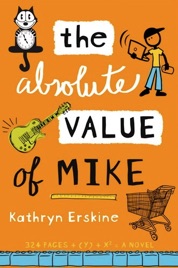
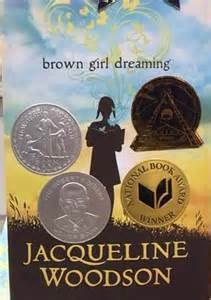
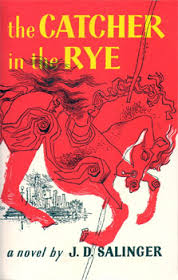
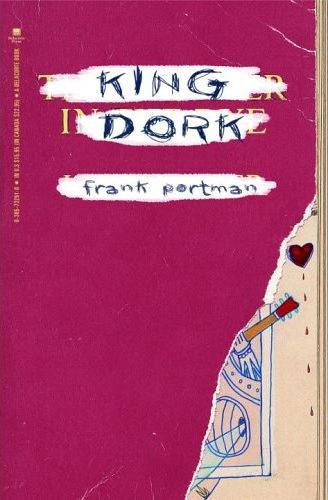
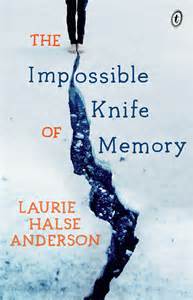
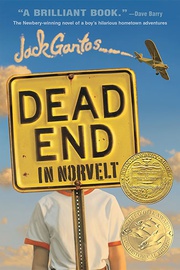
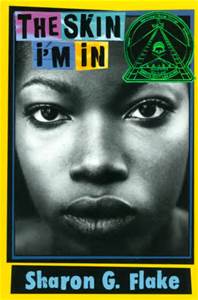
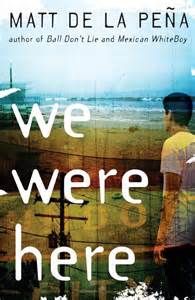
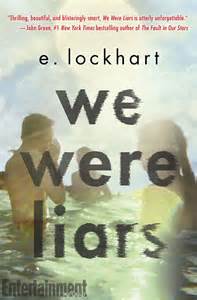

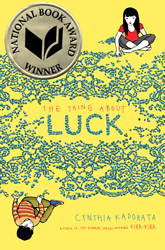
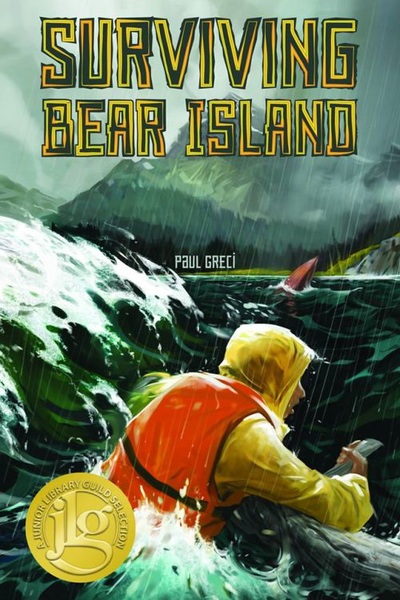
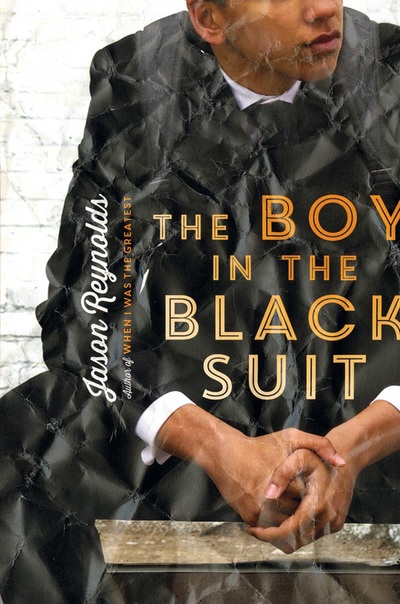
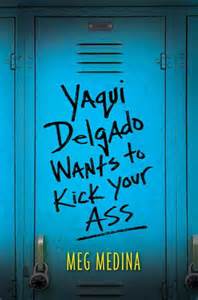
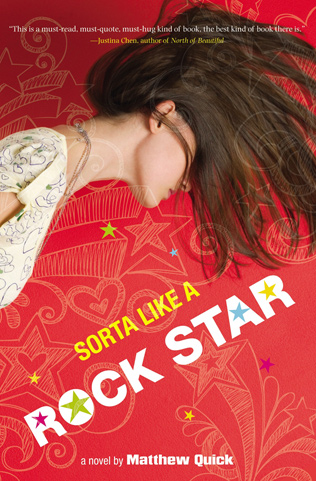
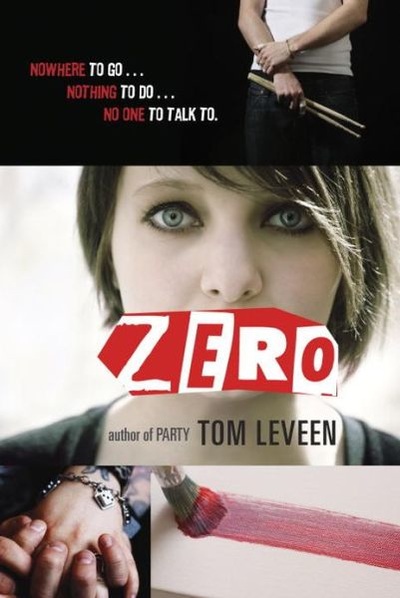
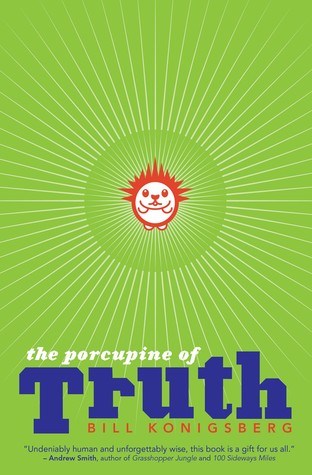
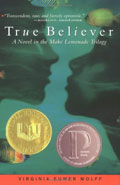
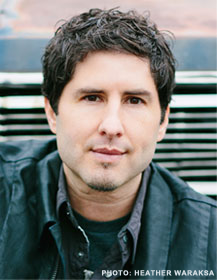
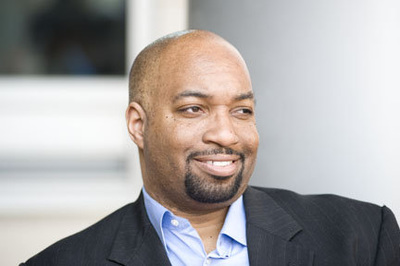
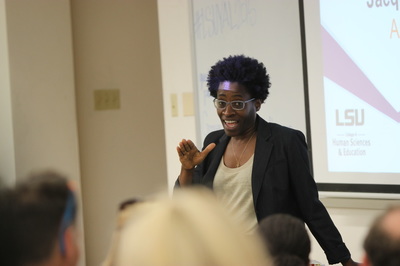
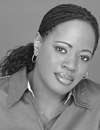
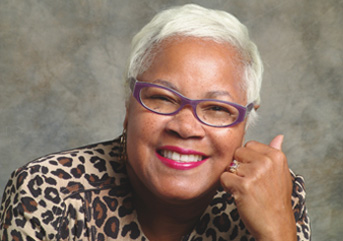
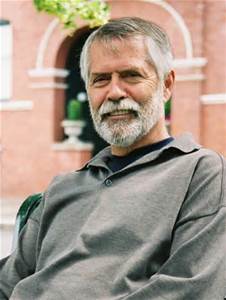

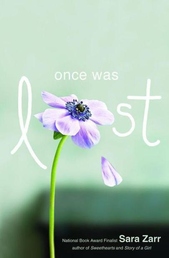
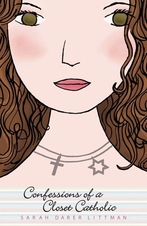
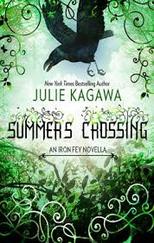
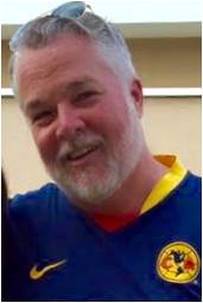
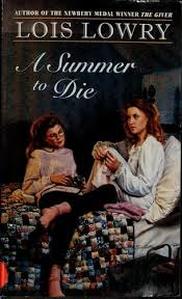
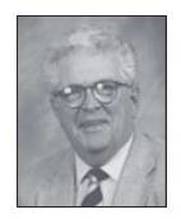
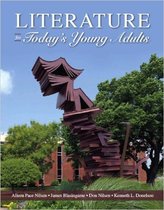
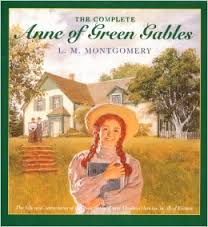
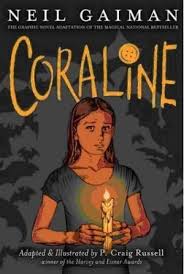
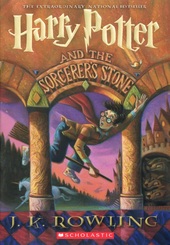
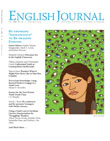
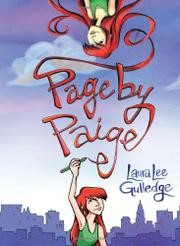
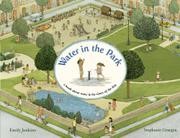
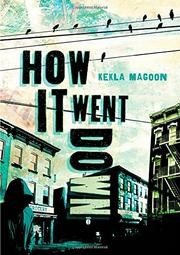
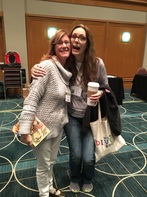
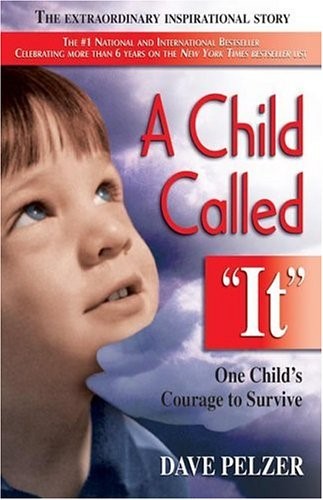
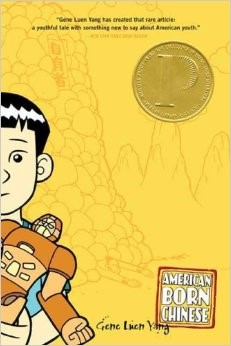
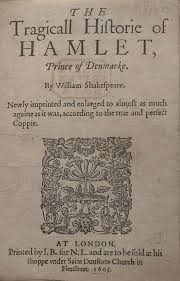
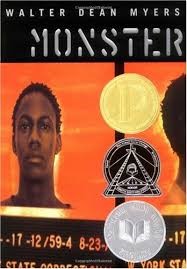
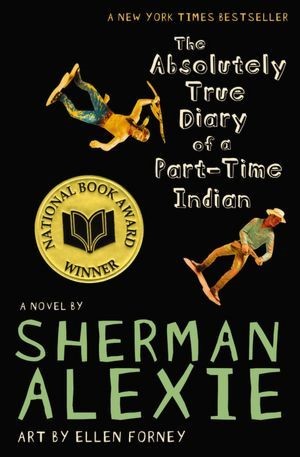
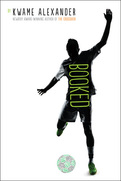
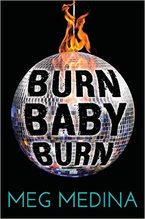

 RSS Feed
RSS Feed